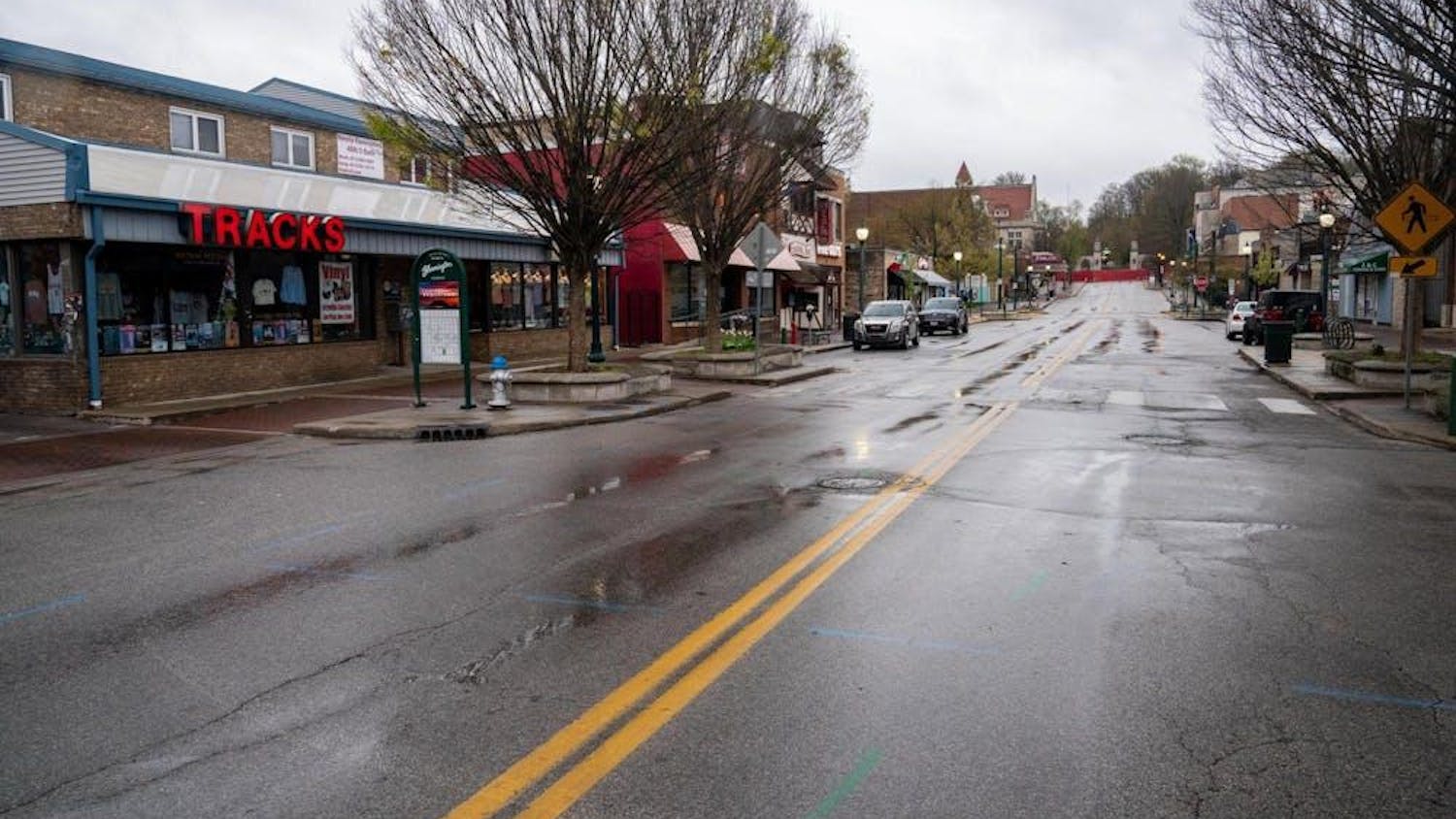Federico Garcia Lorca could be called Spain's greatest modern writer. Throughout his life, he stood for justice and the freedom of mankind. These ideals were perhaps best portrayed in his final play, "The House of Bernarda Alba." This was his last masterpiece, written in 1936. He was killed by the new fascist regime shortly afterward.\nThis powerful tale is about the freedom of women, or lack thereof, in turn-of-the century Spain. Amid the political and ideological turmoil in Spain at the time, women were not granted basic rights as human beings.\nThe story involves a tyrannical matriarch, Bernarda Alba, who defies the very laws of humanity and imprisons her daughters in her house. Decades of living in a society dominated by men and the Church has driven the femininity out of Bernarda, and if the daughters are to escape this fate, they will have to defy tradition and do what very few women have ever dared to do.\nThere is also a poignant love story in the midst of the performance. Angustias (one of the daughters) is engaged to Pepe el Romano, but matters become complicated when her sisters express romantic feelings toward him as well.\nThe play, a joint production of the Bloomington Area Arts Council and the Historic Spanish Resource Center, was directed by graduate student Nasrin Farrokh-Hekmat, a native of Iran studying opera directing. She is an accomplished director as well as a dancer and singer.\n"I like (Lorca) because his drama is poetic and his poetry is dramatic," said Farrokh.\nIn directing this play, she added several original touches to a piece that has been performed many times over the decades.\nEl Romano is not a character in the play like the rest of the actors. He is a mysterious presence who can be felt throughout the play. The play begins with Adela (one of the daughters who loves Pepe) having a dream in which the woman in her dances to music from a guitar (which could be played by Pepe himself).\nThe dancers, dressed in black with a black veil, appear in the dream at the beginning of the play and at the end of the play as part of the shocking conclusion. This was again part of Farrokh's interpretation of the play where the dancers represent the stifling forces of male-dominated tradition.\nFarrokh said she wanted everything in the play to be black and white except for Adela's green dress and her grandmother's colorful world of illusions. Adela is the only one who tries to do something about her fate instead of being resigned to it.\nMusic played a key role in the performance. It effectively expressed the feelings -- sadness and desire -- of the deprived women. Atanas Tzvetkov on the guitar and Dennis Meckler who was in charge of the electronic music did a effective job of conveying to the audience the complex emotions of these complex characters.\nDespite the limited resources available at the John Waldron Arts Center, 122 S. Walnut St., the lighting and the sound were effective. There are moments during the play when the characters freeze on stage, and death is represented in the form of women wearing black, in which lighting is well used. \nAs a whole, the play effectively recreates a turn-of-the-century Spanish atmosphere. Spanish natives who have attended the play have commended the director on her ability to recreate Lorca's world. \nThe acting is of superior quality. The standout on a list of commendable performances is undoubtedly Breshuan Birene-Joyner as the awful Bernarda Alba. Birene-Joyner brings out the harshness and lack of humanity in her character.\nFarrokh expertly recreates an atmosphere somewhere between fantasy and reality with a flawless synthesis of drama, poetry, song and dance. The play addresses basic issues about women's rights which continue to be relevant. It is not only an exquisite rendition of a truly great work, but also serves as a frightful reminder of the inhumanity that is still prevalent today.
Lorca play addresses current issues
Get stories like this in your inbox
Subscribe





